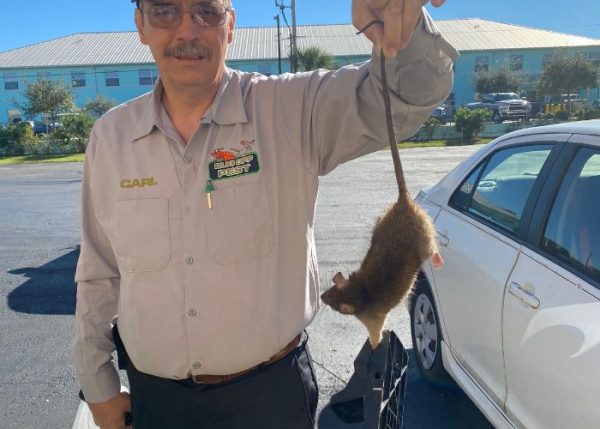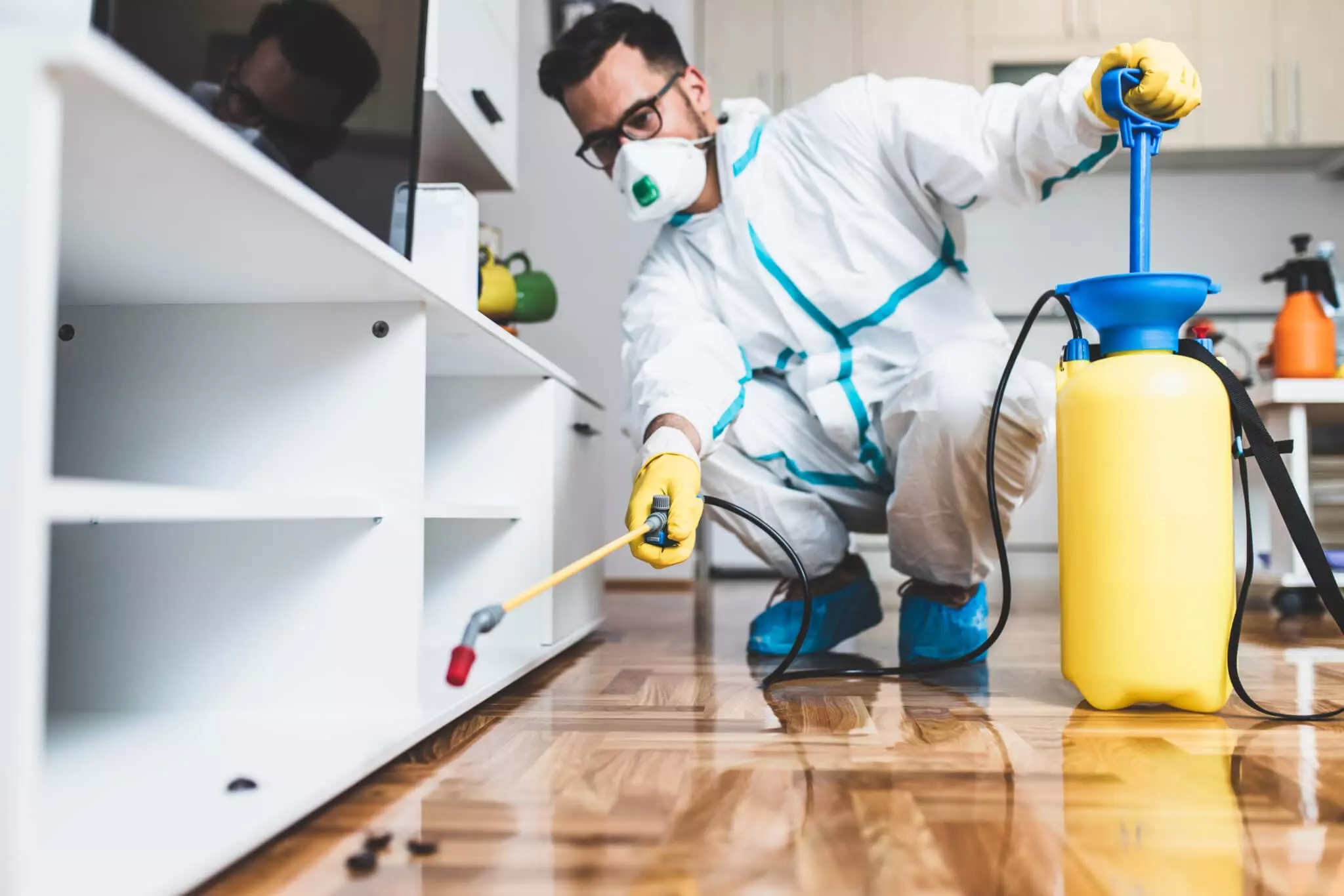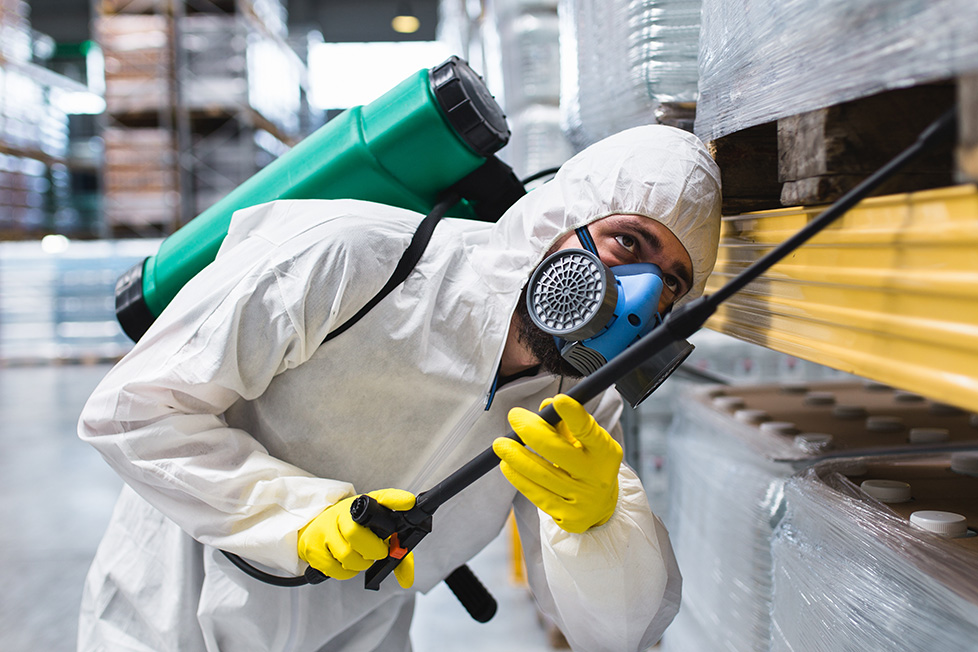Checking Out Ingenious Techniques and Products for Reliable Bug Control
The landscape of bug control is advancing, noted by the appearance of ingenious methods and items designed to improve efficiency and sustainability. From wise traps geared up with advanced surveillance systems to biological methods that employ natural killers, these advancements offer a paradigm shift in how we come close to pest management.
Smart Traps and Checking Solutions
Just how can modern-day technology enhance insect administration? One considerable improvement is the development of clever catches and checking systems, which provide real-time information and analytics for effective bug control. These systems use sensors and wireless innovation to find insect task, notifying residential property managers and insect control professionals to invasions before they intensify.
Smart traps are geared up with functions such as bait terminals that bring in parasites and capture them successfully. These catches can be checked from another location, permitting timely interventions and decreasing the need for comprehensive chemical applications. Moreover, the integration of artificial intelligence formulas makes it possible for these systems to differentiate in between target insects and non-target species, improving the precision of pest control procedures.
In addition, the information collected from wise catches can be examined to recognize patterns in bug behavior and environmental variables contributing to problems (Pest Control in Port Charlotte). This details is important for establishing targeted bug monitoring strategies tailored to particular environments. By accepting wise traps and monitoring systems, bug control professionals can improve their operational effectiveness and decrease the environmental impact of pest administration, inevitably resulting in more secure and more sustainable practices in the industry
Organic Pest Control Techniques
Utilizing all-natural killers and parasites, organic bug control methods supply an eco-friendly choice to chemical therapies. This approach involves the introduction or enhancement of certain organisms that can naturally control insect populaces, thereby lowering dependence on synthetic pesticides. Common instances consist of the use of ladybugs to regulate aphid invasions and parasitical wasps to target caterpillars.

Organic control can be classified into 3 major methods: classical, augmentative, and preservation. Classic biological control includes importing all-natural opponents from the bug's indigenous environment, while augmentative control entails increasing the populace of existing natural adversaries via launches. Preservation approaches concentrate on creating problems that support these advantageous microorganisms in the environment.
The performance of organic bug control depends upon understanding the intricate communications within ecosystems. It typically needs a detailed analysis of bug characteristics and the life process of both the insects and their all-natural enemies. While biological methods may not provide prompt results like chemical alternatives, they add to long-term parasite management and community health and wellness. As understanding of environmental issues grows, organic bug control methods are significantly recognized for their lasting role in integrated bug monitoring programs.
Eco-Friendly Chemical Alternatives
Environment-friendly chemical choices give a sensible solution for pest administration that reduces environmental influence while successfully regulating insect populations. These options are originated from natural sources and are carefully formulated to target certain pests without damaging helpful microorganisms, making them an important component of lasting parasite control techniques.
Amongst one of the most reliable environmentally friendly options are plant-based insecticides, such as neem oil and pyrethrin, which are stemmed from the seeds and flowers of different plants. These compounds disrupt the life cycles of bugs, minimizing their populations without the hazardous impacts related to conventional chemicals - Pest Control in Port Charlotte. Additionally, important oils like pepper mint and clove oil show repellent residential properties, further enhancing their utility in bug administration

Moreover, environmentally friendly chemical options typically damage down a lot more promptly in the environment, minimizing the threat of dirt and water contamination. This particular aligns with the increasing consumer demand for lasting methods in agriculture and metropolitan bug control. As research remains to advance, the advancement of cutting-edge green formulas will certainly better enhance effectiveness and expand application learn this here now areas, enabling pest more info here monitoring experts to adopt greener, extra liable methods in their practices while securing human health and the environment.
Pheromone Disruption Techniques
One more innovative strategy in lasting parasite administration is using pheromone disruption techniques. These methods exploit the all-natural chemical signals, or scents, that bugs make use of for communication, especially in breeding actions. By interfering with these signals, pest populaces can be effectively taken care of without turning to unsafe chemicals.
Pheromone catches are commonly used in this method. Over time, this can lead to a significant decline in insect populaces.

Integrated Bug Administration Techniques
Efficient pest control frequently needs a thorough strategy, and Integrated Pest Administration (IPM) techniques give a structure for attaining this goal. IPM integrates numerous monitoring techniques to minimize bug populations while decreasing reliance web link on chemical pesticides. This diverse method begins with complete surveillance and identification of parasites, enabling for targeted treatments based on particular parasite pressures.
Social techniques, such as plant rotation and hygiene, play a vital duty in avoiding bug facility. Organic controls, consisting of all-natural killers and parasitoids, are used to keep insect populations at manageable degrees. When required, selective chemical therapies are applied, emphasizing reduced poisoning to non-target species and the atmosphere.
In addition, education and outreach are important components of IPM, advertising awareness amongst stakeholders about sustainable methods and pest life cycles. The versatility of IPM enables experts to react efficiently to changing parasite dynamics and ecological problems. By using this holistic strategy, IPM not just enhances insect control effectiveness however likewise adds to long-term environmental equilibrium. Inevitably, Integrated Insect Monitoring stands for a forward-thinking service that lines up farming performance with ecological stewardship, making it necessary in modern pest control approaches.

Verdict
To conclude, the assimilation of ingenious strategies and products for reliable bug control represents a substantial innovation in sustainable insect administration. Smart catches and keeping track of systems, biological bug control techniques, eco-friendly chemical choices, and pheromone interruption methods jointly boost the effectiveness of pest monitoring strategies. By adopting these strategies, the reliance on conventional chemicals can be decreased, advertising ecological health and wellness while making sure reliable parasite control. Continued research and advancement in these locations will certainly further enhance insect monitoring techniques.